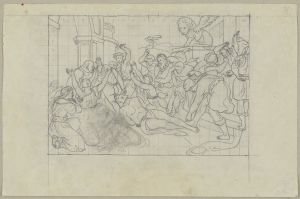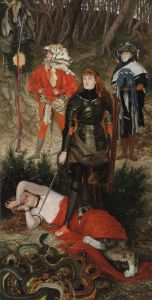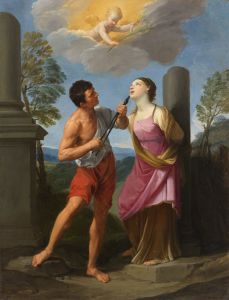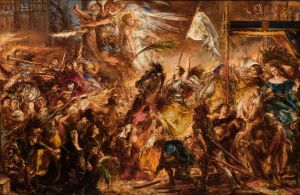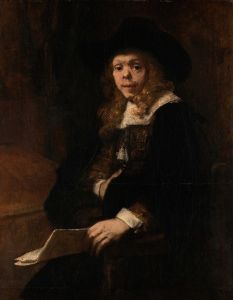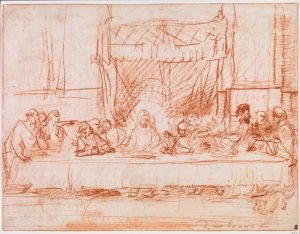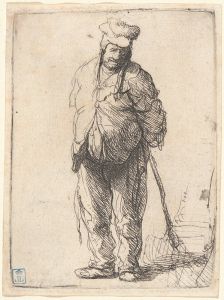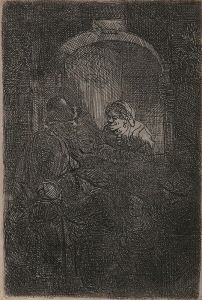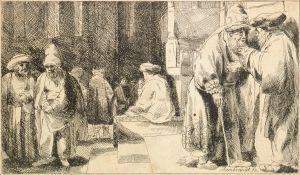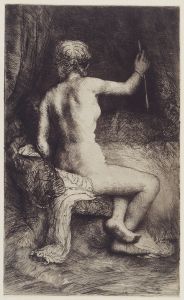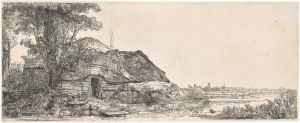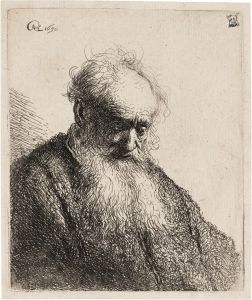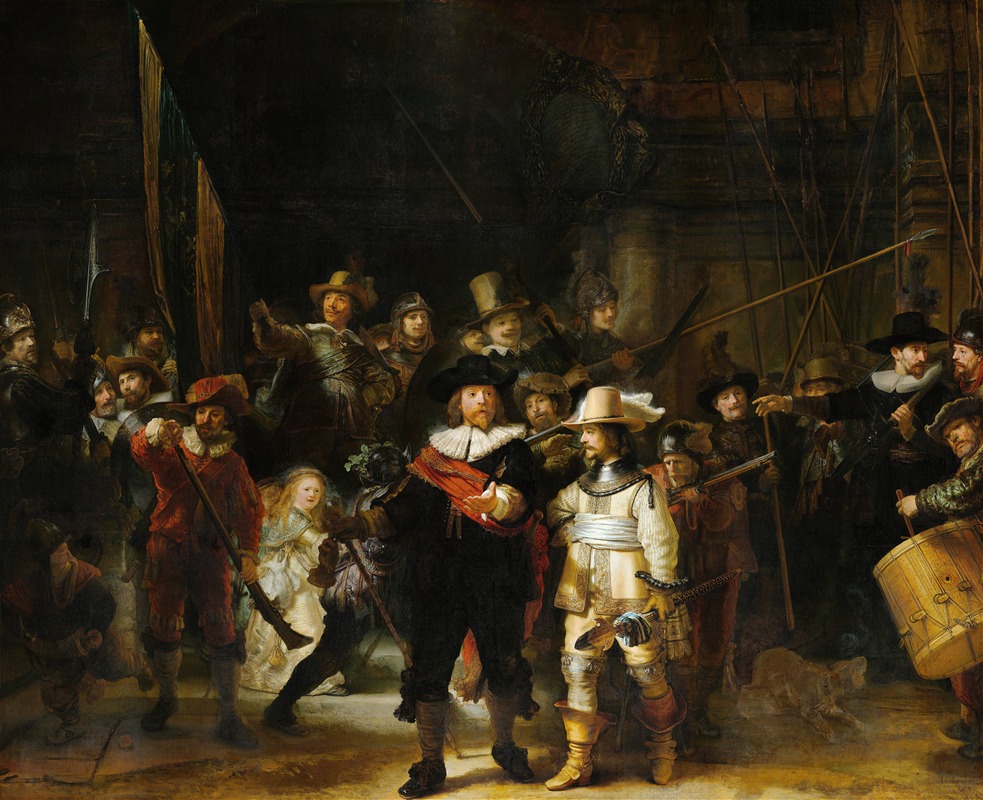
Night Watch, Militia Company of District II under the Command of Captain Frans Banninck Cocq
A hand-painted replica of Rembrandt van Rijn’s masterpiece Night Watch, Militia Company of District II under the Command of Captain Frans Banninck Cocq, meticulously crafted by professional artists to capture the true essence of the original. Each piece is created with museum-quality canvas and rare mineral pigments, carefully painted by experienced artists with delicate brushstrokes and rich, layered colors to perfectly recreate the texture of the original artwork. Unlike machine-printed reproductions, this hand-painted version brings the painting to life, infused with the artist’s emotions and skill in every stroke. Whether for personal collection or home decoration, it instantly elevates the artistic atmosphere of any space.
"Night Watch, Militia Company of District II under the Command of Captain Frans Banninck Cocq," commonly known as "The Night Watch," is one of the most famous paintings by the Dutch artist Rembrandt van Rijn. Completed in 1642, this masterpiece is a prime example of Rembrandt's innovative approach to group portraiture and his mastery of light and shadow.
The painting is housed in the Rijksmuseum in Amsterdam, the Netherlands, and is considered one of the most significant works of the Dutch Golden Age. It measures approximately 363 cm × 437 cm (11.91 ft × 14.34 ft), making it one of the largest canvases of its time. The painting depicts a group of city guards, led by Captain Frans Banninck Cocq and his lieutenant, Willem van Ruytenburch, as they prepare to move out. The guards are members of the Amsterdam civic militia, which was responsible for maintaining order in the city.
Rembrandt's composition is notable for its dynamic use of light and shadow, which creates a sense of movement and drama. Unlike traditional group portraits of the time, which often featured static, evenly lit figures, "The Night Watch" captures a moment of action. The figures are arranged in a complex, layered composition, with some characters partially obscured, adding depth and interest to the scene.
One of the most striking features of the painting is the use of chiaroscuro, a technique that employs stark contrasts between light and dark to achieve a sense of volume and three-dimensionality. Rembrandt uses this technique to draw attention to the central figures of Captain Cocq and Lieutenant van Ruytenburch, who are bathed in light, while other figures recede into shadow. This not only highlights the leaders but also creates a sense of hierarchy and focus within the composition.
The painting's nickname, "The Night Watch," is somewhat of a misnomer. For many years, it was believed to depict a nocturnal scene due to the dark varnish that had been applied over the centuries, which gave the impression of a night setting. However, after a restoration in the 20th century, it became clear that the scene actually takes place during the day. The varnish was removed, revealing the vibrant colors and details that had been obscured.
"The Night Watch" has undergone several restorations and has been moved multiple times throughout its history. During World War II, it was rolled up and hidden in a bunker to protect it from potential damage. The painting has also been the target of vandalism on a few occasions, leading to further restoration efforts.
Despite these challenges, "The Night Watch" remains a celebrated work of art, admired for its innovative composition, technical mastery, and the insight it provides into the civic pride and culture of 17th-century Amsterdam. It continues to draw millions of visitors to the Rijksmuseum each year, where it is displayed as a centerpiece of the museum's collection.





